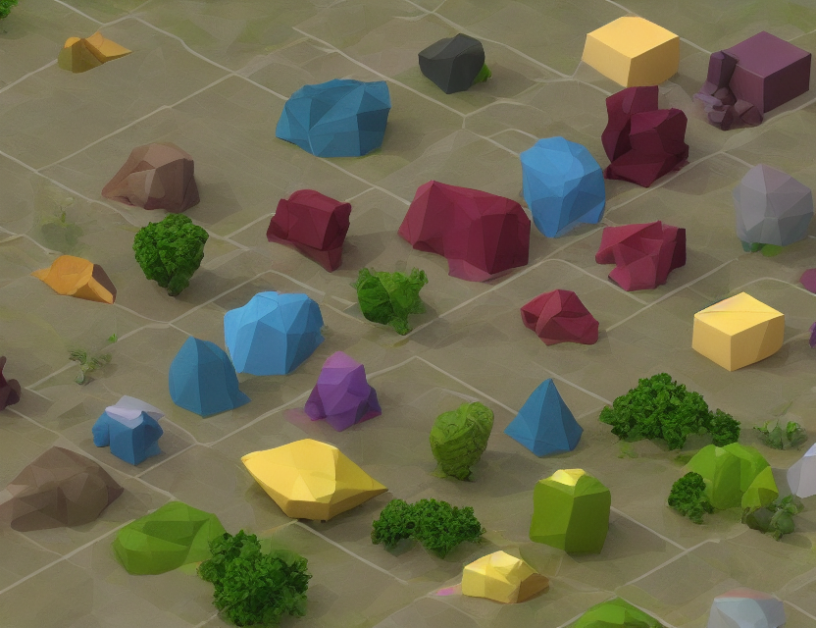As we continue to explore and understand complex systems, a question arises: Can we automatically discover increasingly intricate and diverse structures over time? This article delves into three primary approaches for tackling this challenge: naive strategies, optimization-driven methods, and diversity-driven tactics. Each has limitations, and even simple systems like Conway’s Game of Life are still not fully comprehended after decades of study. The complexity of classifying and predicting evolution in these systems remains a significant obstacle.
Implementing computational systems with desired properties, such as the ability to memorize past states or exchange matter/energy with the environment, is not new. von Neumann’s self-reproducing cellular automata from the 1940s and the subsequent development of artificial life research have explored this idea. However, these systems still face challenges in fully understanding and predicting their behaviors.
To overcome these limitations, we propose an artifact generator that combines an update rule with growth, local interactions, non-linearity, and (optional) memory. This framework can continuously search for novel and complex structures within a system, mimicking the process of natural evolution. By emulating this process, we may unlock new insights into how complex systems emerge and evolve over time.
In summary, this article explores the potential for automating the discovery of increasingly complex structures in complex systems. By leveraging insights from artificial life research and von Neumann’s work on self-reproducing cellular automata, we may unlock new approaches to understanding these intricate systems and their behaviors. While challenges remain, this framework holds promise for advancing our comprehension of the intricate structures that underlie many complex phenomena in nature and technology.



